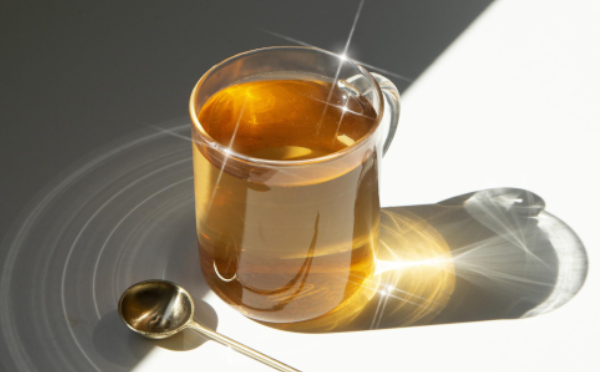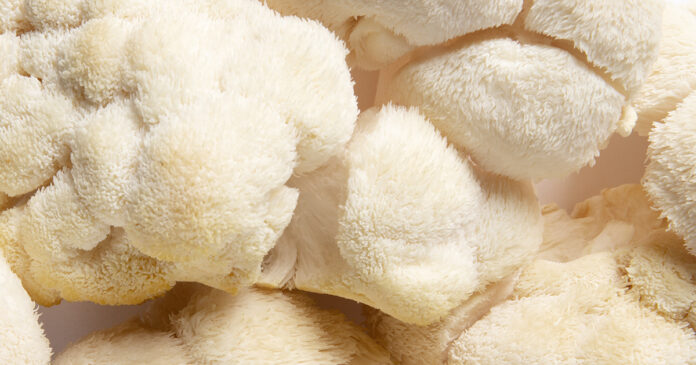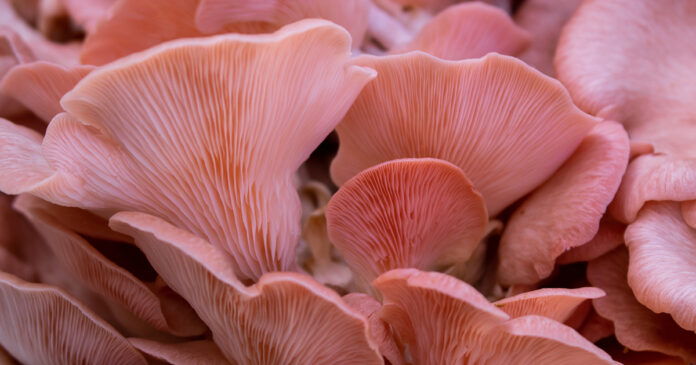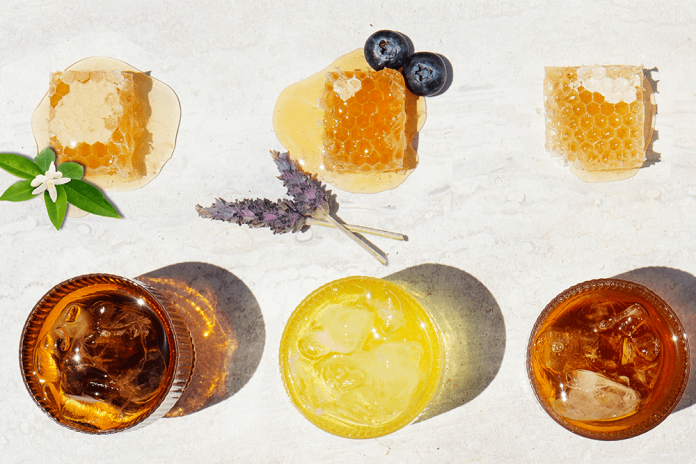The way that you brew tea very often depends on why you brew tea.
Those seeking convenience and minimal mess may opt for bagged tea, while those who see their tea time as an opportunity to slow down will go for loose leaf. But regardless of your personal preference, there are other important factors to consider when it comes to creating the tastiest and healthiest cup of tea.
Here’s what to know about different brewing methods, and how to select the best option for you.
Tea Bags Vs. Loose Tea Leaves
As the same suggests, loose leaf tea is not portioned into individual bags or satchels but kept loose and whole – or at least in large pieces. In bagged tea, the leaves are broken down so fine that they almost resemble dust.
The biggest difference that most tea drinkers will notice is that loose leaf tea takes longer to brew. Larger leaves mean less surface area for the steeping water to penetrate, so it takes more time for the flavors and aromas to be drawn out of the leaf. For this reason, loose leaf tea can also stand up to multiple brews before it starts to lose its taste. The flavor of loose leaf teas also tends to be less bitter, more subtle, and well-rounded.
While loose-leaf teas generally produce a higher quality cup, they do demand a little patience and require a little bit of cleanup if you plan to dry out and reuse your leaves.
Bagged teas take less time but will typically have a flatter flavor. Because the leaves have been broken up so finely, the essential oils that produce aroma and more nuanced flavors tend to leak out.
Tea bags are ideal for the quick cup on the way out the door, or in the office when the luxury of a loose-leaf brew may not be an option, but the taste and experience are generally inferior to loose leaf tea.
Beyond taste and brew time, though, the way that tea is packaged also has implications for your overall health.
Microplastics: What You Need to Know
Tea bags are commonly made out of food-grade plastic. Despite the “food-grade” designation, conventional tea bags can still leach billions of micro-particles of plastic into your drink.
In 2019, a team of researchers from McGill University in Montreal tested four different brands of tea sold in plastic tea bags, brewing each of them at 95°C (203°F), and found that the bags released around 11.6 billion microplastics – defined as tiny pieces of plastic ranging from 100 nanometres to 5 millimetres in size – into a single cup. [1]
While studies have shown that these tiny particles can have a toxic effect if they accumulate in the blood and tissue, it takes quite a large amount for that accumulation to occur, and there is no consensus on what level of exposure is considered safe for long term health. [2]
So while the occasional tea bag is nothing to fear, it may still be a good idea to opt for loose leaf varieties instead to minimize the risk. If you don’t want to take the extra step of straining loose leaves from your cup, you can always use a metal tea infuser.
Pesticide Risks
The same can be said of pesticide exposure. Like any crop, tea plants on conventional farms may be sprayed with pesticides to keep insects away. Tea samples from China have tested positive for the presence of several pesticides banned by the WHO. [3]
Studies suggest that pesticides increase oxidative stress — the very type of inflammation that antioxidant-rich tea leaves are meant to combat — which can damage DNA and may increase risk for a number of disorders and illnesses. [4][5] The best way to avoid exposure to pesticides is to research your brand of tea and choose organic leaves — loose or bagged.
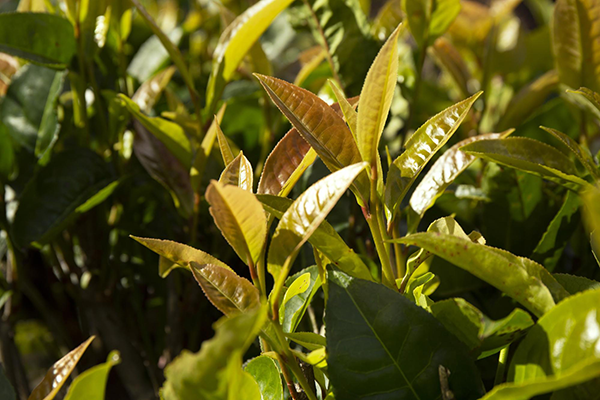
Speaking of antioxidants, studies have found no significant difference between the antioxidant capacities of loose leaf or bagged teas. Teas brewed from bagged leaves tend to reach a higher polyphenol content faster, but this is likely because the increased surface area of the broken-up leaves mean a faster and more thorough infusion. Loose leaf teas simply require more time to reach the same level. [6][7][8]
The Effect of Brew Time and Temp on Antioxidants
If reaping the health benefits of antioxidants is your motivation for drinking tea, brewing time and water temperature matter more than whether your leaves are loose or bagged.
In 2018, Spanish research went to the trouble of brewing white tea at a variety of times and temperatures searching for the best balance of antioxidant capacity, flavor and aroma. They concluded that brewing tea at 98 °C for 7 minutes was best “to obtain a high content of antioxidant polyphenols and pleasant sensory properties.” [9]
A year later Chinese researchers undertook the same endeavor with green tea. Testing brews at temperatures ranging from 60°C to 95 °C for anywhere from 5 to 300 minutes. They found that catechin levels peaked at 95°C brewing at 10 min. [10]
Of course, one way to avoid the challenge of deciphering the best brewing conditions is to opt for tea crystals instead.
The Advantages of Tea Crystals
Tea crystals combine the convenience of tea bags with the taste and quality of loose leaf tea, plus a concentrated dose of antioxidants equivalent to multiple cups. Tea crystals are made using an innovative cold-brewing process that applies pressure to the tea leaves under very low heat to extract the flavors without damaging the antioxidants.
The result is a sort of tea leaf paste that is then dried out and pulverized slightly to form crystals. Drinkers can add these crystals to hot or cold liquid for an instant drink that contains no added sweeteners or preservatives — just pure, concentrated tea.
Pique takes the extra step of screening for heavy metals and pesticides, to eliminate these risks as well as the risk of ingesting microplastics from tea bags.
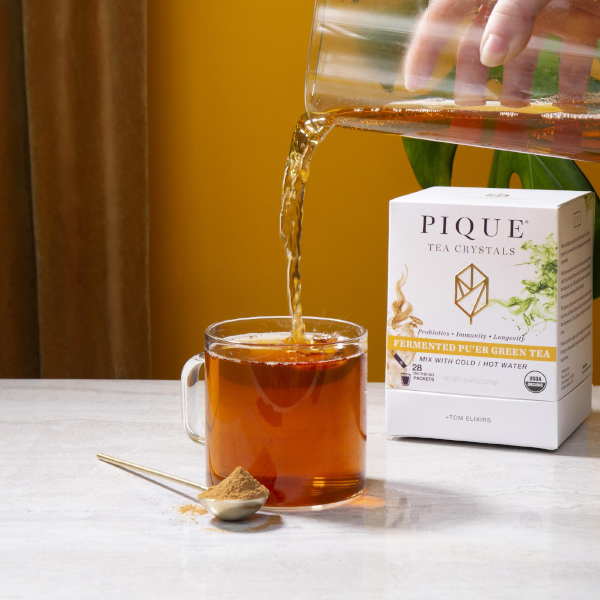
Pique Pu’er Green
Unrivaled polyphenol concentration. Fermented with probiotics.
A Note on Herbal Teas
These brewing methods and health considerations have all concerned true teas, or leaves from the Camellia sinensis plant. Herbal teas are another story. Any flower, herb or spice can be infused in water to make an herbal tea, but the ideal water temperature and brewing time will vary significantly depending on the plant.
Flowers like chamomile, for example, are quite fragile and will taste bitter if brewed too hot for too long. But more robust spices like cinnamon, ginger root or a chai blend will require some heat to draw flavor from their rigid walls.
It’s best to check out specific tea recipes for the type of herbal you want to try to ensure it’s brewed correctly.
To Sum It All Up
Both loose leaf and bagged teas have their advantages and disadvantages, but to gain the greatest health benefit from your brew, make sure to select an organic brand to eliminate pesticides, choose loose leaf or a plastic-free bagged brand to avoid microplastics, and verify the best brewing time and temperature to reap the most antioxidants.
Most importantly, take the time to savor your cup! Whether you take it straight, add milk or honey, the perfect cup of tea is the one you enjoy most.
